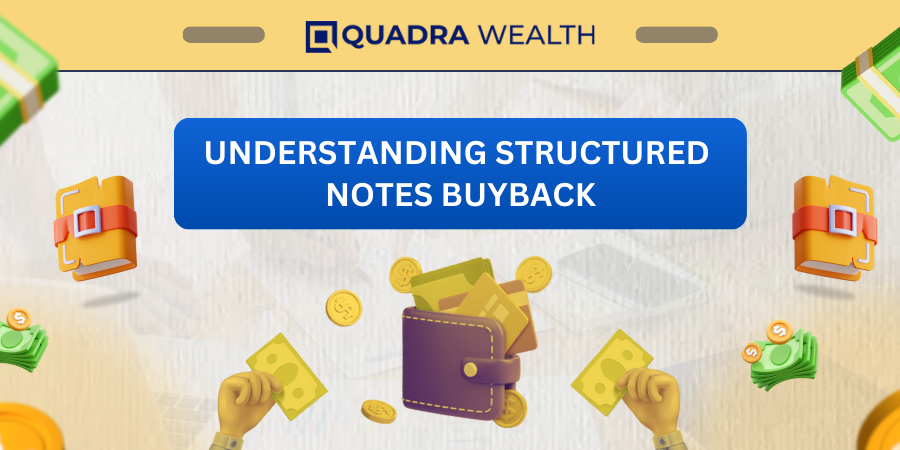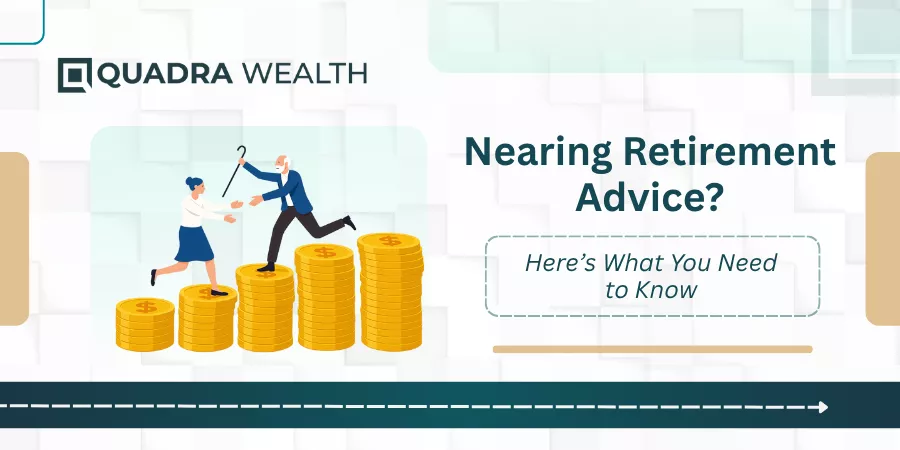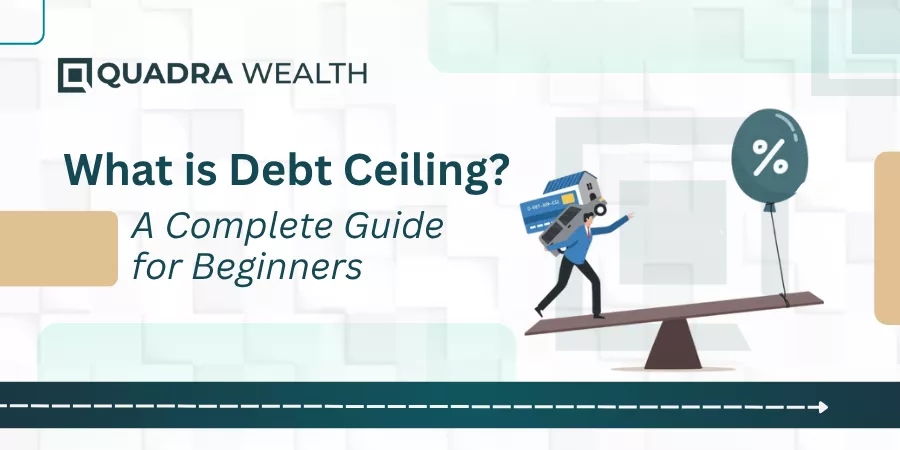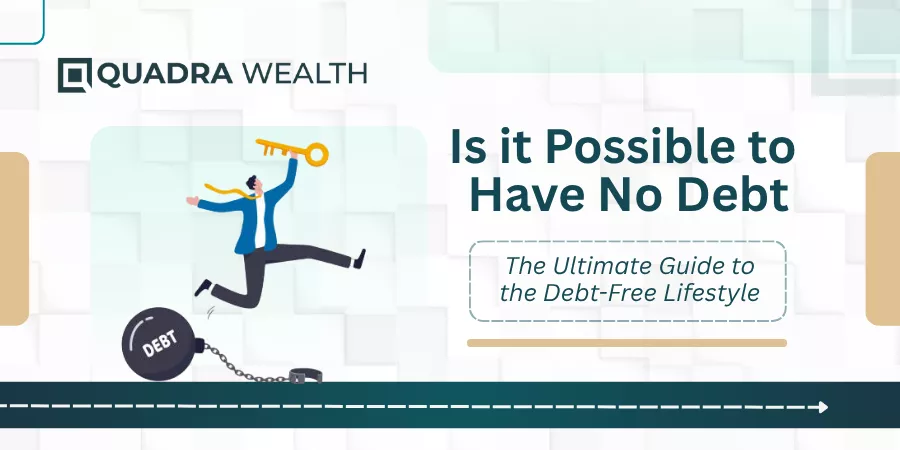In this investment-styled blog, let us understand the intricate procedures of how structured notes buyback works. Plus, there would also be a conceptual briefing on revolving topics covering the same. Read on!
Introduction
When you buy investments, you may also want to liquidate your investing options to convert them into cash holdings or settlements so that you get the required amount of money that takes care of your financial commitments in a streamlined and hassle-free manner.
Therefore, liquidity is a critical consideration when choosing investment plans. Investing plans with higher lock-in periods may not serve your purpose when you want to adhere to immediate financial contingencies.
On this note, let us discuss how the mechanism revolving structured notes buyback works. We shall also give you a touchdown into concepts surrounding the same.

What are structured notes- Meaning and Conceptualization explained
Structured notes are hybrid instruments combining debt and equity.
The debt component is a fixed component that provides contingent protection to the investing capital while you have the asset component as a variable component and it is the performance of the asset that determines the returns of investment the note earns as the asset is also linked to the notes.
The asset allocation comprises equities, shares, and currencies to name a few. These assets are exposed to equity markets with controlled market volatilites.
The linked-in assets of notes are embedded with ‘call’ or ‘put’ options, buffers or spreads aimed at helping investors mitigate their losses and help them receive capped gains.
Therefore, structured notes are customized investment options that help investors with their goal objectives in terms of income generation and eventually helping them grow their wealth baskets over a period of time.
What is meant by structured notes buyback from an investor’s point of view- Meaning and concpetualizaton explained
Structured notes buyback program is a program wherein investors aim to liquidate their notes prior to maturity of their investment portfolio.
You can look for different types of buyback programs to liquidate your structured notes. This is in case you have immediate financial requirements to take care of.
It can an immediate medical emergency or an off-hand contingency situation that may require liquid funds to take care of.
These are the three main types of buy back programs you can avail for liquidating your structured notes. They are as follows:
a. Selling your structured product back to the issuing firm
b. Selling your notes in the structured markets
c. Conversion of notes into underlying shares of the company
Let us have an overview into each of the above:
- Selling structured notes to the issuing firm
When you sell your structured notes to the product issuing firm, you sell the notes under the same terms or conditions at which you had purchased your notes.
When you have purchased the notes from investment-grade banks or giant financial corporations like Goldman Sachs or Merill Lynch, then you may get the similar price at which you had purchased the notes. This is because the credibility of the issuer firms is really good.
On the other hand, when you decide to sell the structured notes via a private or independent wealth manager, then the chances of you getting the same price at which you had purchased them may not be higher on the cards. Therefore, the risk of losing a portion of your capital investment is higher on the cards here.
This is because the individual person, who is the issuer of the note accepts to buy back your notes prior to the maturity date may or may not have the requisite funds on hand to reimburse your entire value of cap investment.
You may also have to lose out on coupons or interest earnings if you plan to liquidate your notes at once.
In a crux, the note offers a fair-value amount on your initial investment when you plan your moves judiciously.
- Selling your structured notes in a secondary market place
Structured notes can be sold to secondary marketplaces comprising investment banks, stock exchange firms or privately owned stock holding financial corporations. These are trading consoles that provide exposure for multiple clients on the whole.
However, the NAV (Net Asset Value) of underlying assets would be calculated for the note and the pricing be done accordingly.
As the present value NAVs are calculated, you may get a current-value market price for the underlying derivative components you have inside the notes.
Therefore, when you try selling your notes in a secondary market place, you may or may not get a price at which you had paid in the primary marketplace while you had got the notes designed or curated under your name.
- Conversion of structured notes into shares of the underlying firms
Sometimes to add a better degree of liquidity to your structured notes, this is the third buy back program you can potentially go in for. This is allowing your notesget converted into buiyback shares of underlying company stocks for the value of your investment.
You have the product issuing firm apply a formula to convert your principal investment money into shares of an underlying firm.
Say for instance, you have a structured note for 1 million US Dollars. And, you have three shares as underliers. The firms are Citi group, Facebook and Coco Cola.
You may have a compounded formula that takes into account the value of the investment to decide the number of shares you may receive at the end of the computation program.
You may receive 10,000 shares of Facebook alone. Or, you may get 5000 shares of Coco Cola, 2000 shares of Facebook and 3000 shares of Citi.
Note: This calculation is meant for illustratory purposes only. The bifurcation of share values may significantly depend on a number of market factors and vary on a case-to-case scenario indeed.
When you receive these shares in congruence to your investment value, you can later sell them at current market values and get a fair value price or even higher profit margins. This is based on the ongoing prices of every share you sell at the market place.
This way, you liquidate your principal investment into cash holding or receive the payouts as bank transfers.
Why do investors opt for a buyback program of structured notes and not wait until the notes mature- Practical insights explained
Investors opt for a buyback program of structured notes because they may have dire requirements to get their investment amount converted into cash holdings.
The money may be retrieved to pay rental advances, pay yearly school fees of children or may be utilized for medical emergencies.
In this case, a service provider may need cash settlements and the investments have to be liquidated or broken into, to retrieve the money in lieu of the same. It can be a health-care provider or it can be a school union council.
Hence, the contingency reasons for immediate financial requirements may differ from one investor to another.
But immediate liquidation of investments definitely imply that someone is in need of the money on a priority or urgent basis.
Investors may also look for a buy-back program to escape volatility of market conditions in terms of interest rate fluctuations or inflationary norms too.
What are the immediate benefits for investors to opt for buyback programs of financial products?
These are the immediate benefits an investor has to opt for a buyback program of structured notes or other types of financial products.
Let us look at the benefits you get from the same:
- Increased level of liquidity
When you decide you sell your notes comprising your underliers, you are able to exit the investment portfolio instantly while you earn cash holdings to look after the immediate financial requirements you have on hand.
- Avoid being subjected to growing volatilites in the market
Inflationary concerns or growing interest-rate fluctuations or volatility of bearish or bullish trends in the equity market allow underlying equity assets to go through steep price increases or slumped price-downs. This can impact the overall value of your investing portfolio.
When you sell these investments via a buyback program you exit from a loss-making investment portfolio and you can invest the same money via profitable sources of investments.

The Bottom Line
Structured notes have complex buying and selling mechanisms. Therefore, as a newbie investor, you may have to read the offer documents carefully before you opt for a structured note program.
You can avail the services of a solicited investment advisor to help you get a better clarity on how notes are bought and sold. This way, you can make your moves as a well-informed investor.
What are your thoughts on this? Do let us know in the comments!






